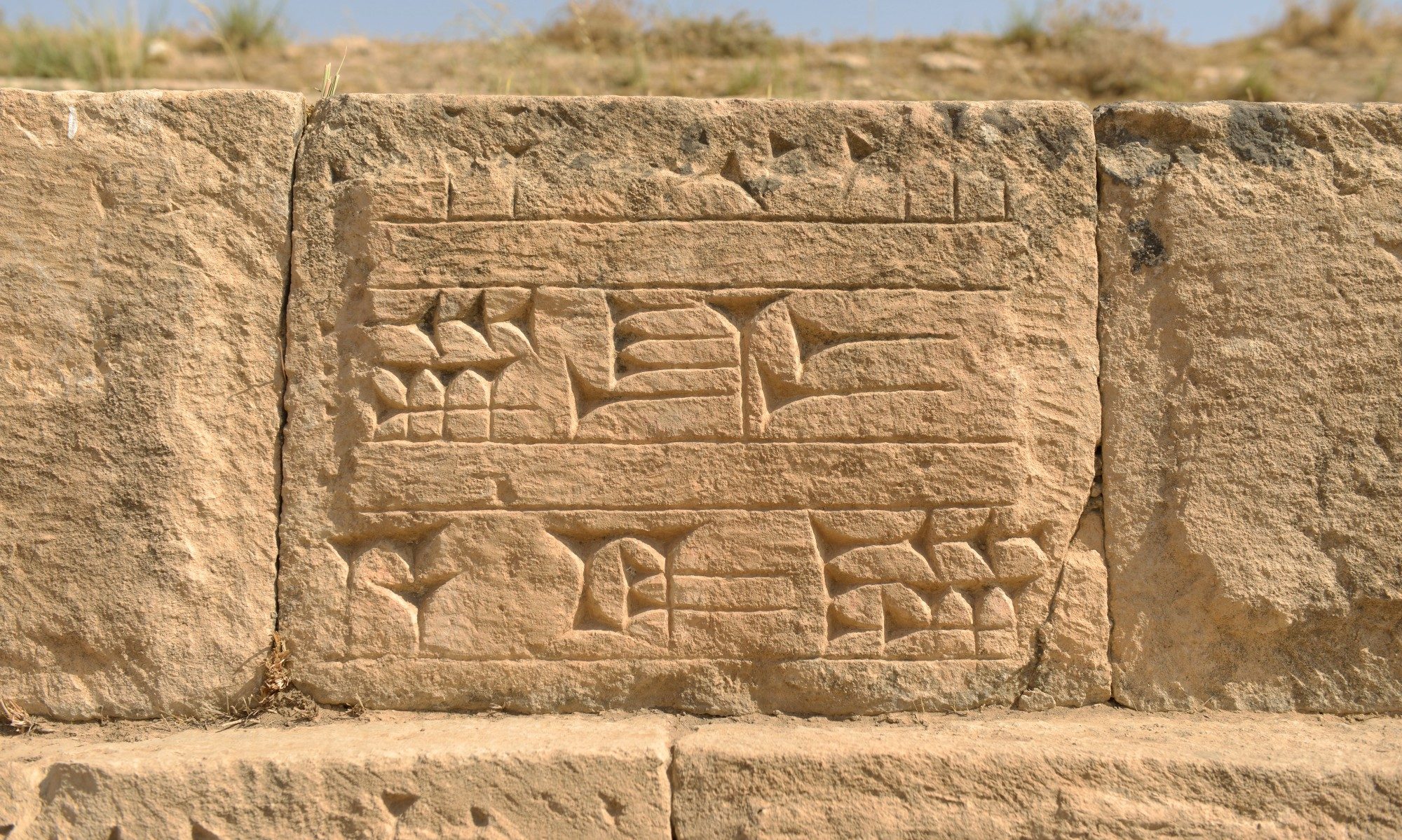Arguably the most famous and successful cultural heritage treaty is the 1972 Convention for the Protection of the World Cultural and Natural Heritage (“World Heritage Convention”). The World Heritage Convention is the legal basis for recognition of cultural heritage of such outstanding importance that the international community brought into existence the possibility of World Heritage status on the World Heritage List, established the World Heritage Committee to oversee that list and created the World Heritage Fund to provide financial assistance to sites in need. Inscription on the World Heritage List comes with significant fame and public awareness, provides access to the World Heritage Fund, is the basis for international assistance within the Convention framework and constitutes prima facie evidence of protection under international humanitarian and international criminal law. A second list, the “World Heritage in Danger List” lists cultural property that is in dire need of international assistance to ensure its preservation.
A legal milestone in combatting illegal trafficking in cultural property is contained in the 1970 Convention on the Means of Prohibiting and Preventing the Illicit Import, Export and Transfer of Ownership of Cultural Property. Key provisions include the outlawing of import, export or transfer of ownership of cultural property, unless accompanied by a certificate of authorization, Articles 3 and 6. It obliges States to carry out a range of preventive measures, including education, supervision of excavations, establishing of inventories and drafting of national legislation. Article 7 (b) (ii) requires restitution of cultural property upon request of a State, provided that just compensation is paid. Article 13 contains further rules for the restitution and recovery of cultural property.
The 1970 Convention is supplemented by the 1995 UNIDROIT Convention on Stolen or Illegally Exported Cultural Objects, which addresses some of the weaknesses of the former, in particular a lack of detail in the restitution framework. Chapter II of the 1995 Convention contains far more detailed guidance on the restitution of stolen property and Chapter III deals with the return of illegally exported cultural property.


